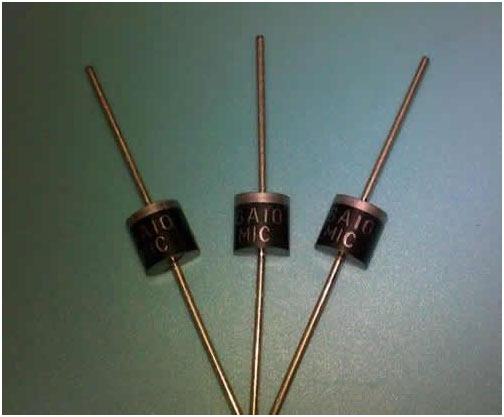Introduction
The first published paper on step recovery diode is been done by bott, moll & then in 1960. The authors have explained the “the recovery characteristic of certain types of P-N junction diodes exhibit a discontinuity which may be used to advantage for the generation harmonics or the production of milli-micro second pulses”. Nowadays, the step recovery diode is manufactured by ASI-Semiconductor, Microsemi, M-Pulse, and Mcom. It is a diode which is generating extremely short pulses. It is used in a microwave generation. When the diode switch from forwarding condition to reverse cut-off then at that time there will be a removal of charge from that step recovery diode and that is what generating snap off of charge storage which is inside of diode and that’s why this diode is referred to as Snap-off diode. A Step Recovery Diode (SRD) is a semiconductor junction diode that can generate extremely short pulses. It is also known as a snap-off diode or charge-storage diode and memory varactor. It is a P-N junction diode that abruptly ceases the flow of current when its direction is reversed. As a result, SRDs can provide very fast voltage transitions with the very sudden disappearance of the charge carriers.
Advantages
- It produces a high forward current speedily than any other normal diode.
- It has a very fast switching speed. Hence it requires is very less switching time.
- Step Recovery diode produces sharp pulses, which are useful for pulse generation circuits.
Disadvantages
- Its drawback is that switching speed reduces with the increment in frequency.
Applications
- Pulse generator
- Parametric amplifier
- Frequency multiplication
- Local oscillator
- Voltage controlled oscillator
- Frequency synthesizers
- Sampling phase generator
- Comb generator
- multiplier circuitry functioning
